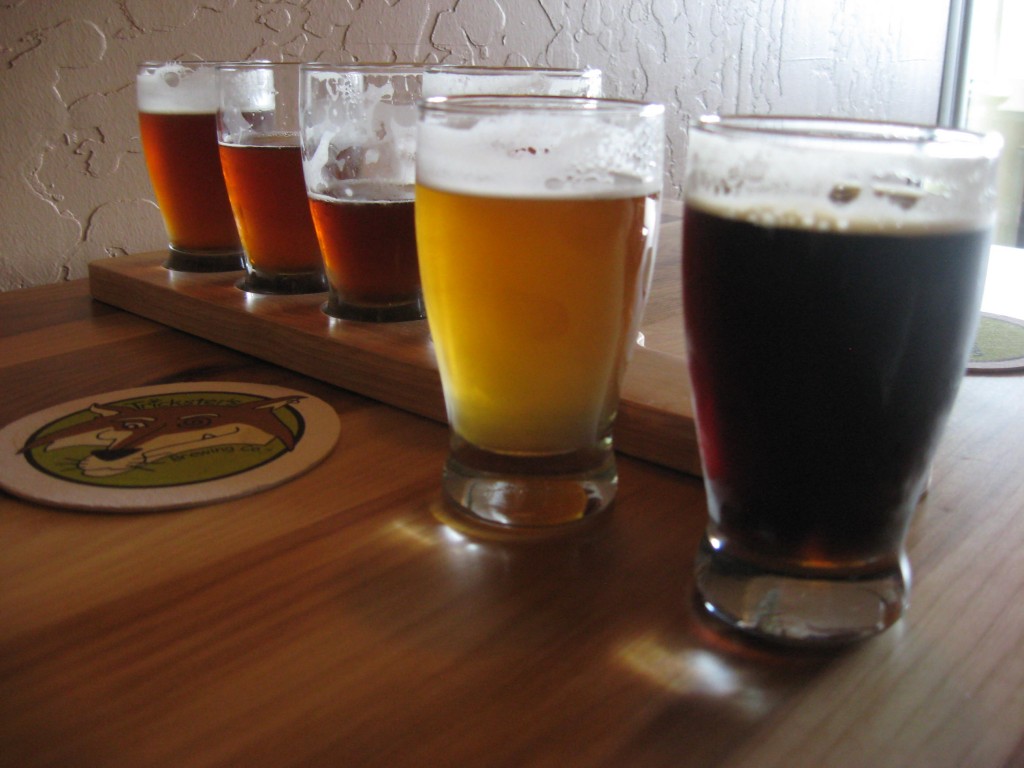
Beer probably isn’t the first thing to come to mind when you think of the word “monastery†– but since receiving official recognition on Dec. 10, Saint Joseph’s Abbey in Spencer, Mass., will become the first American brewery to be manned exclusively by Trappist monks.
in Spencer, Mass., will become the first American brewery to be manned exclusively by Trappist monks.
The beer, labeled “The Spencer Trappist Ale,†is to be brewed exclusively within the walls of the monastery. Founded in 1950 by members of the Cistercian Order of the Strict Observance, commonly known as Trappists, Saint Joseph’s Abbey has roots that reach far back to monks who fled France during its revolution at the end of 18th century.
during its revolution at the end of 18th century.
Want to read more? Please click…










You must be logged in to post a comment.